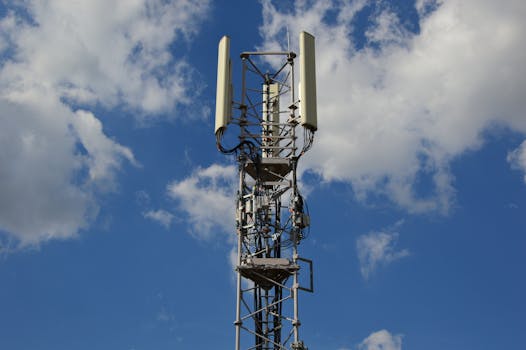GEO Satellites: Understanding the Technology and Applications of Geostationary Orbit Satellites

GEO Satellites: Understanding the Technology and Applications of Geostationary Orbit Satellites
GEO satellites, or geostationary orbit satellites, are a type of satellite that orbits the Earth at an altitude of approximately 36,000 kilometers, which is the same distance as the Earth’s equatorial radius. This unique orbit allows GEO satellites to remain stationary relative to a fixed point on the Earth’s surface, making them ideal for a wide range of applications including telecommunications, earth observation, and navigation.
GEO satellites have been in use for several decades, with the first geostationary satellite, Syncom 2, launched in 1963. Since then, the technology has evolved significantly, with modern GEO satellites capable of providing high-speed internet connectivity, television broadcasting, and a range of other services. The focus keyword GEO satellites is essential in understanding the technology and applications of geostationary orbit satellites.
How GEO Satellites Work
GEO satellites work by using a combination of solar panels and batteries to generate power, which is then used to operate the satellite’s systems and transmit signals back to Earth. The satellite’s orbit is maintained by a series of thrusters, which make adjustments to the satellite’s position and velocity as needed. GEO satellites typically have a lifespan of around 15 years, after which they are replaced by new satellites.
One of the key advantages of GEO satellites is their ability to provide continuous coverage of a specific region. Because they remain stationary relative to a fixed point on the Earth’s surface, GEO satellites can provide a constant signal, making them ideal for applications such as television broadcasting and telecommunications.
Applications of GEO Satellites
GEO satellites have a wide range of applications, including telecommunications, earth observation, and navigation. In the field of telecommunications, GEO satellites are used to provide internet connectivity, television broadcasting, and other services. They are particularly useful in areas where it is difficult or impossible to install fiber optic cables, such as in remote or rural areas.
In the field of earth observation, GEO satellites are used to monitor the Earth’s weather patterns, track natural disasters, and study the environment. They are also used in navigation systems, such as GPS, to provide location information and timing signals.
Benefits and Challenges of GEO Satellites
GEO satellites have a number of benefits, including their ability to provide continuous coverage of a specific region, their high bandwidth capacity, and their relatively low cost compared to other types of satellites. However, they also have some challenges, including the risk of signal interference, the need for frequent replacement, and the potential for space debris.
Despite these challenges, GEO satellites remain a crucial part of modern telecommunications and earth observation systems. As technology continues to evolve, it is likely that we will see even more innovative applications of GEO satellites in the future.
Conclusion
In conclusion, GEO satellites are a vital part of modern telecommunications and earth observation systems, providing a wide range of services including television broadcasting, internet connectivity, and weather forecasting. With their unique orbit and high bandwidth capacity, GEO satellites are ideal for applications that require continuous coverage of a specific region. As technology continues to evolve, it is likely that we will see even more innovative applications of GEO satellites in the future.






